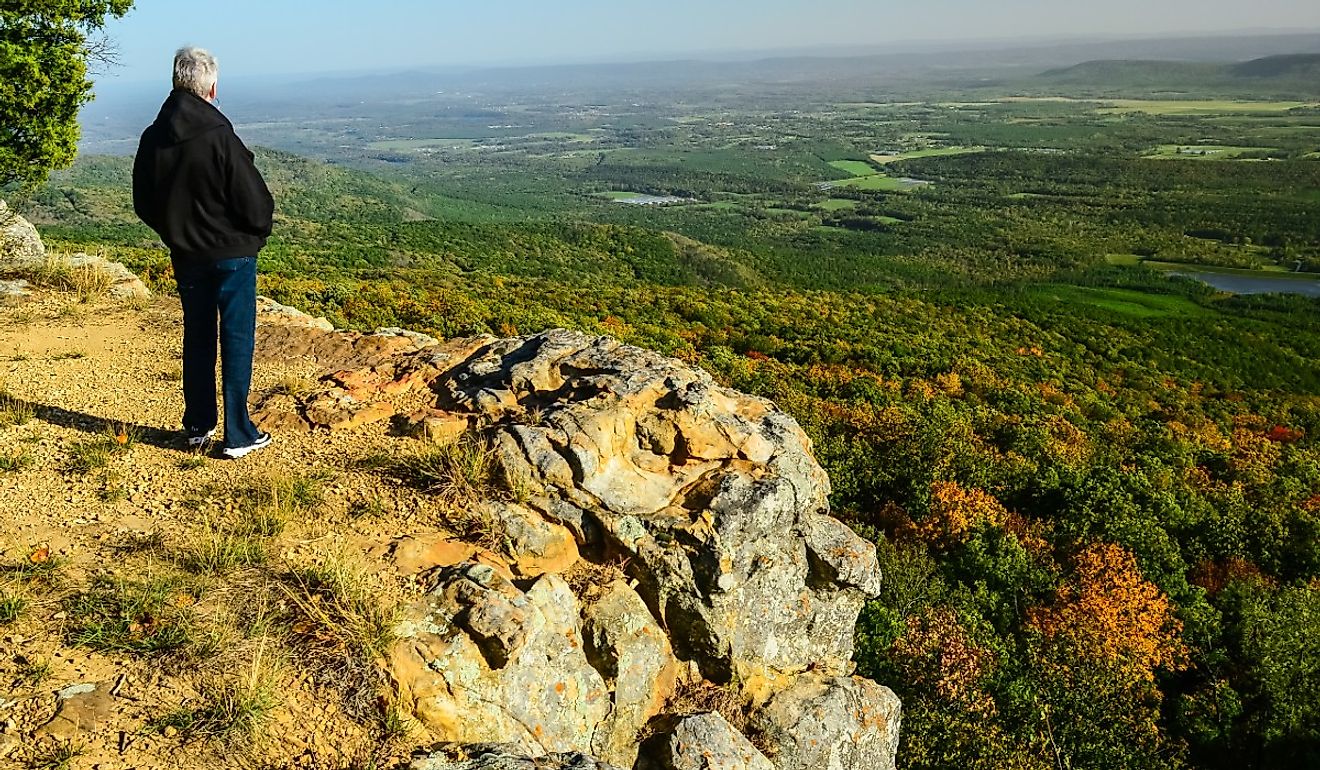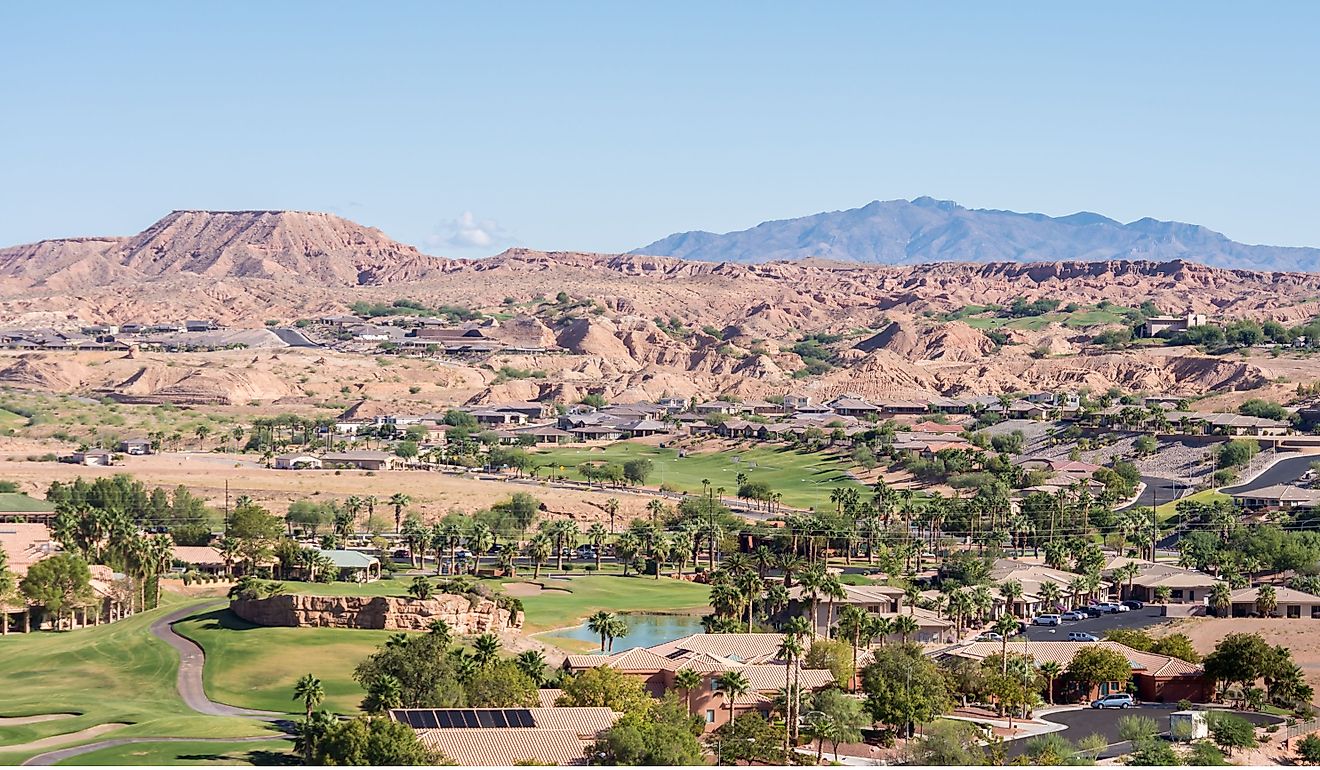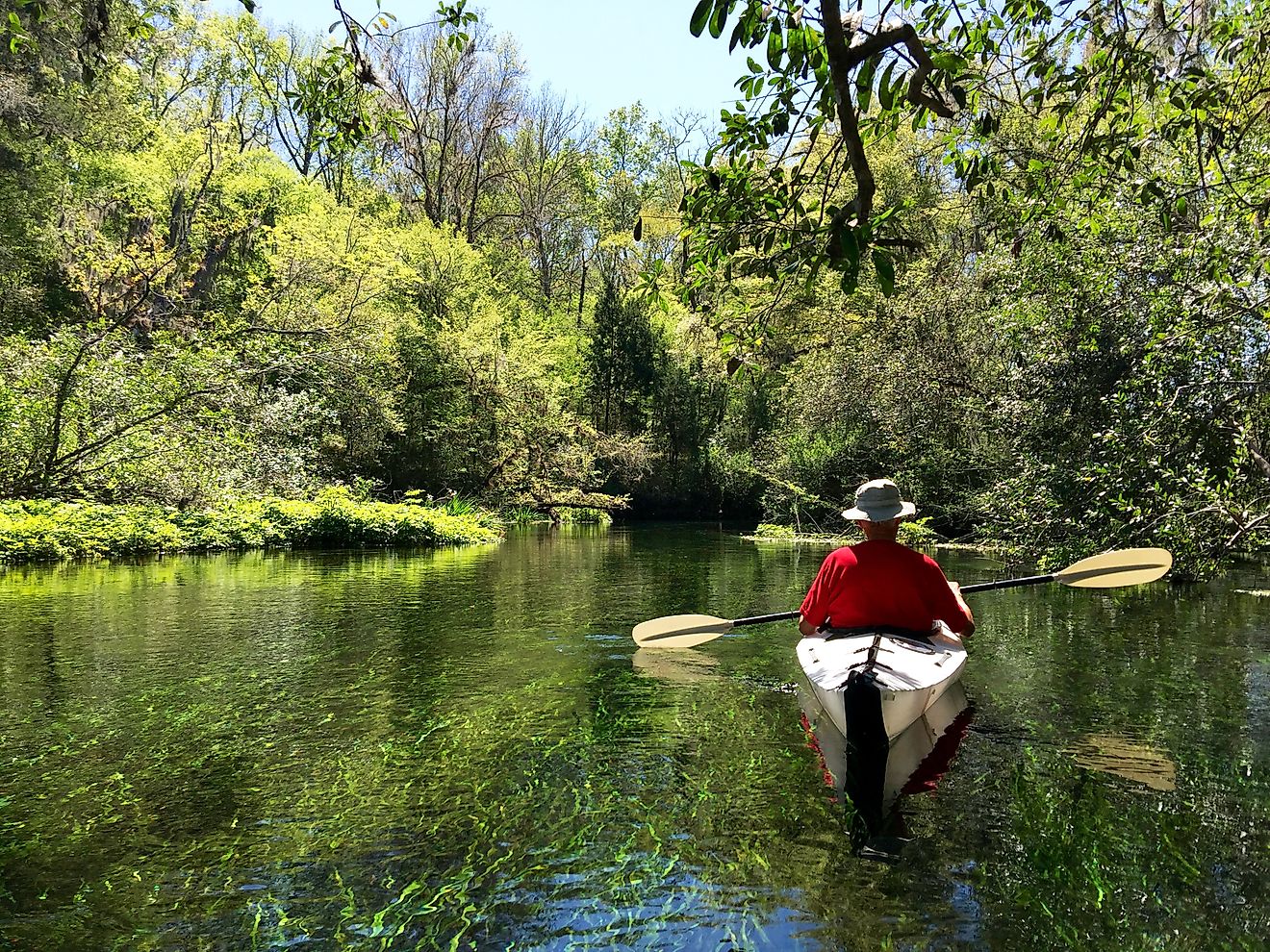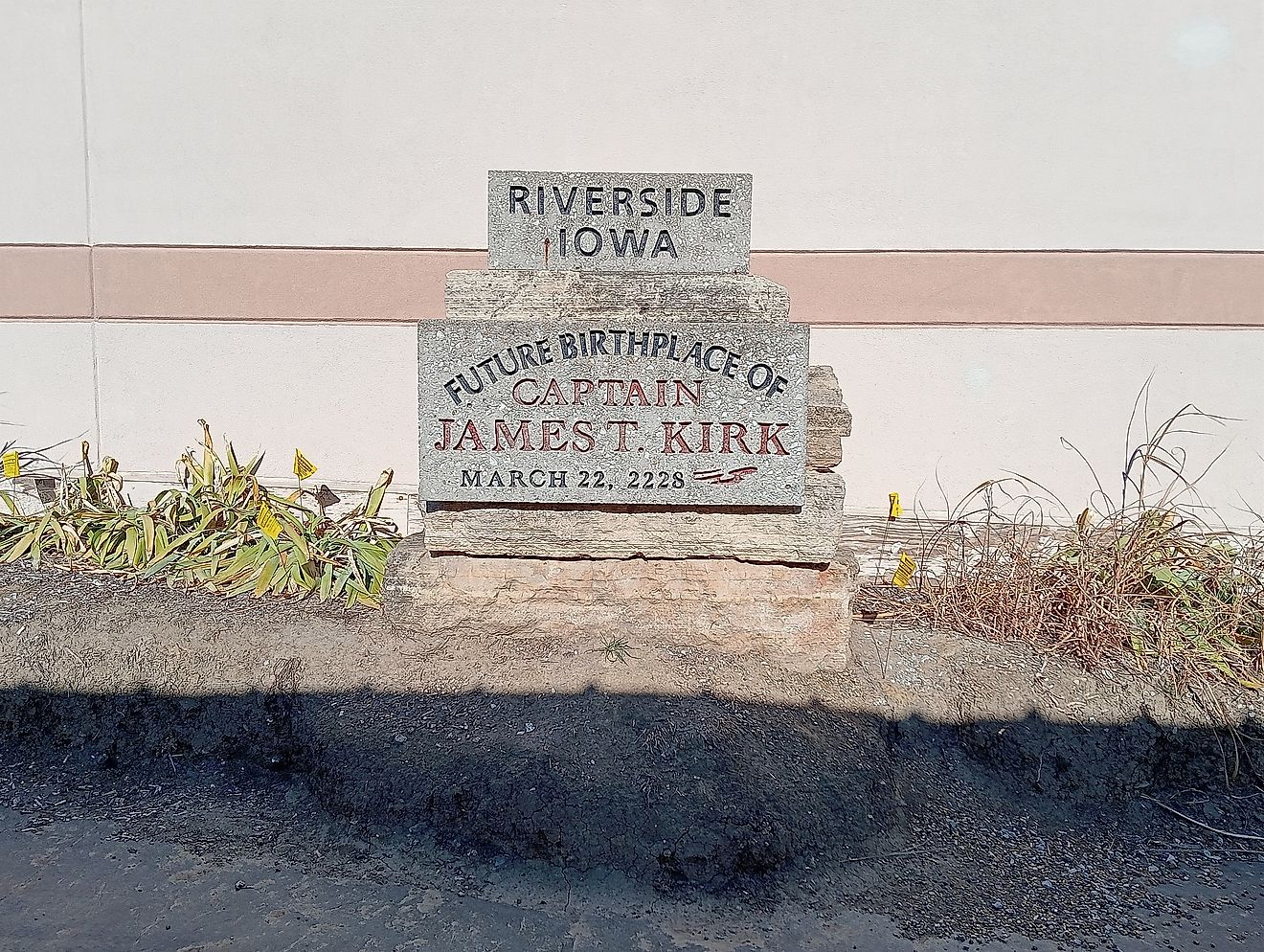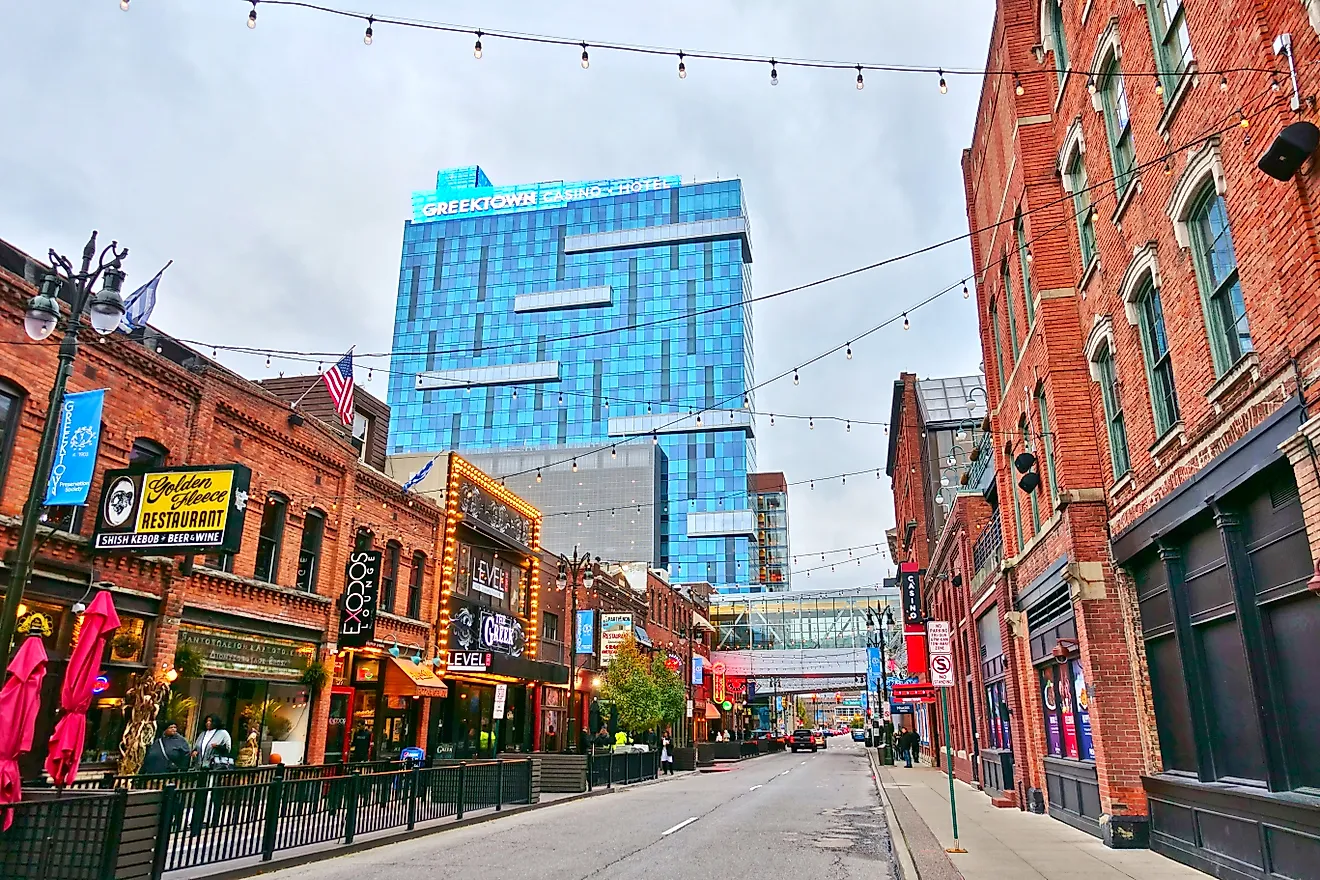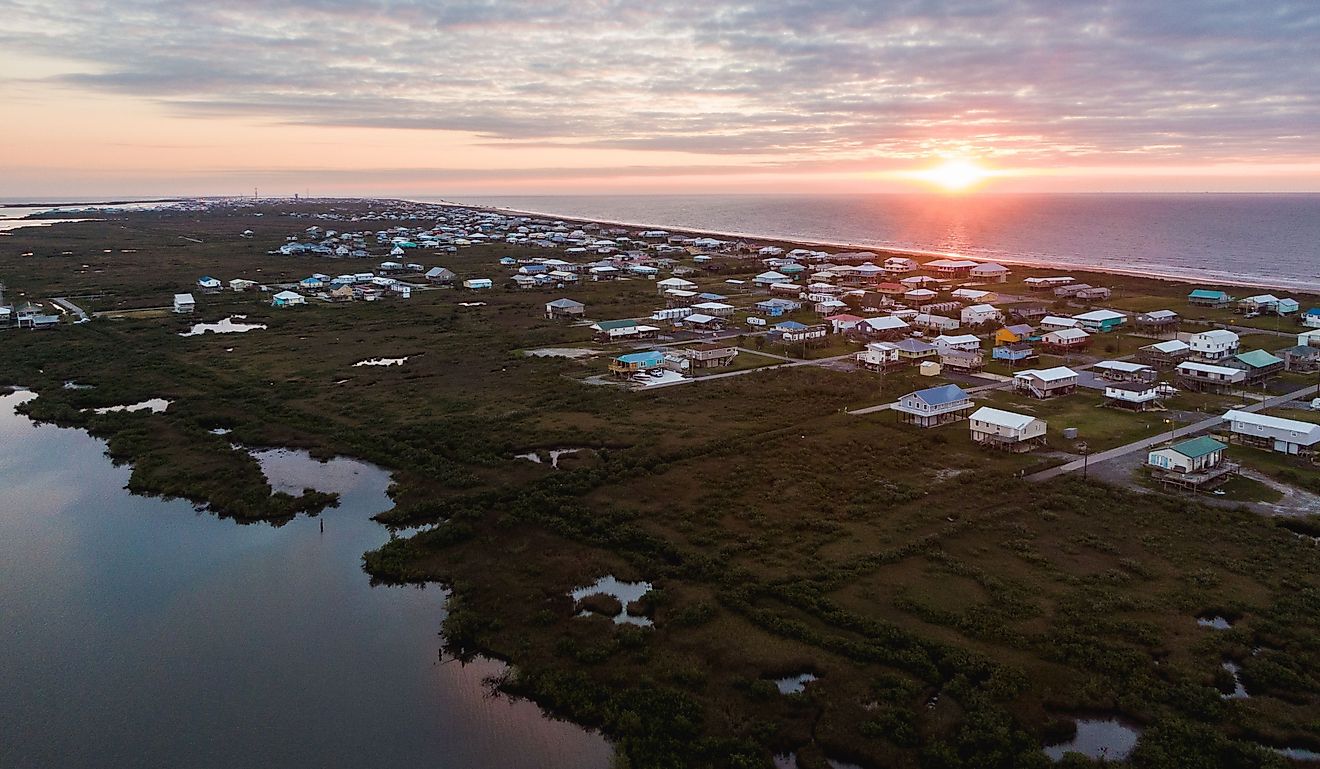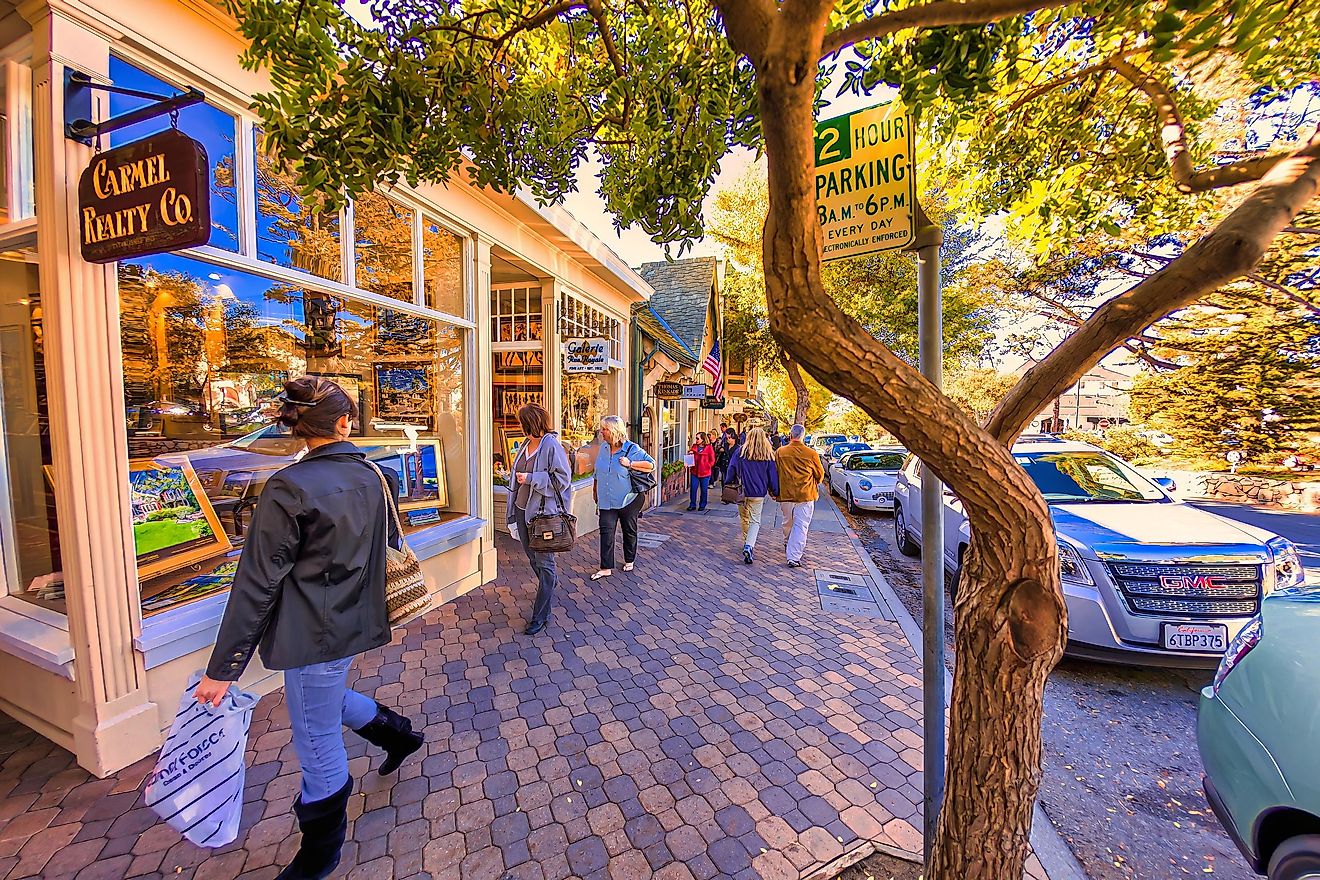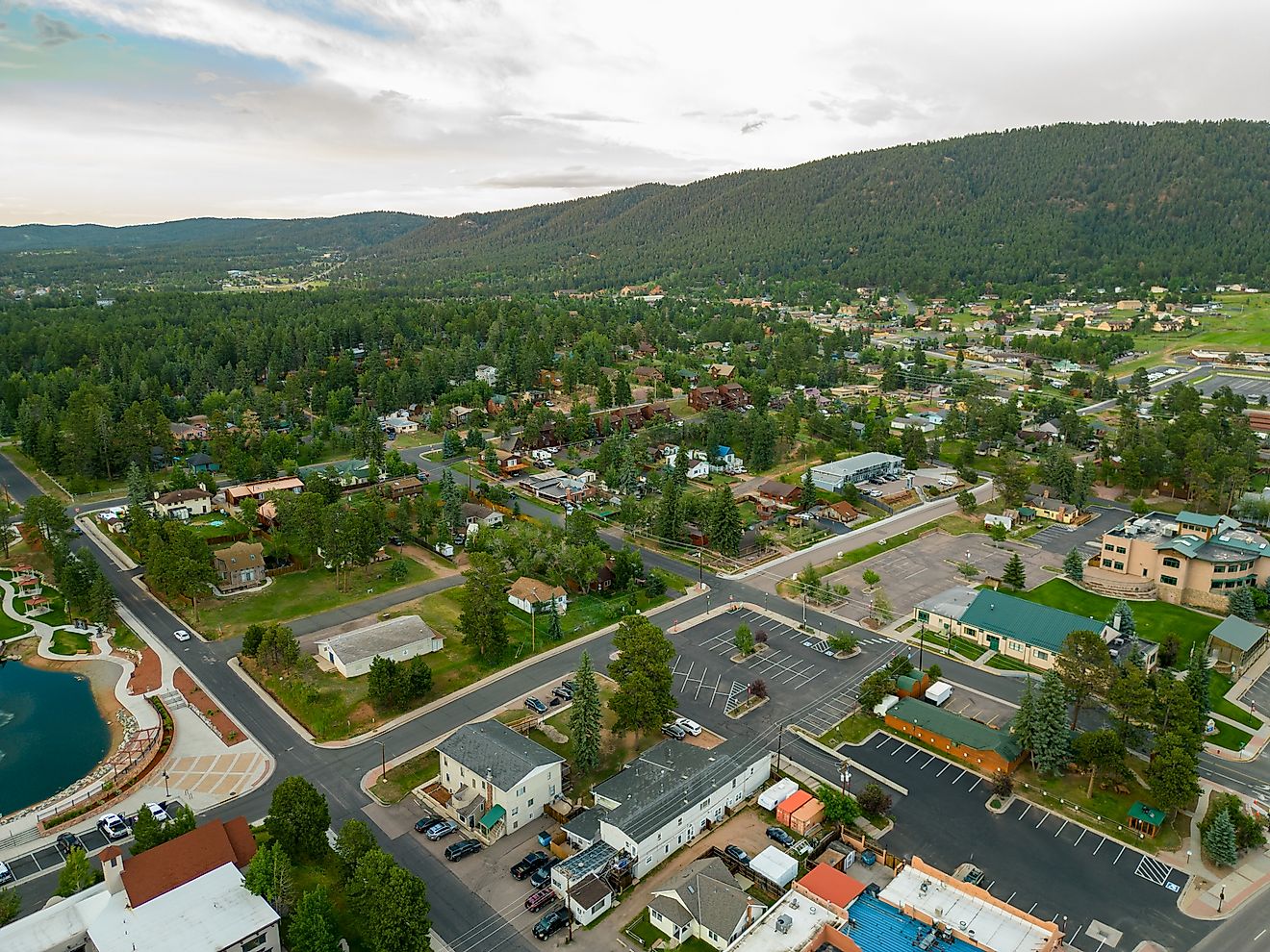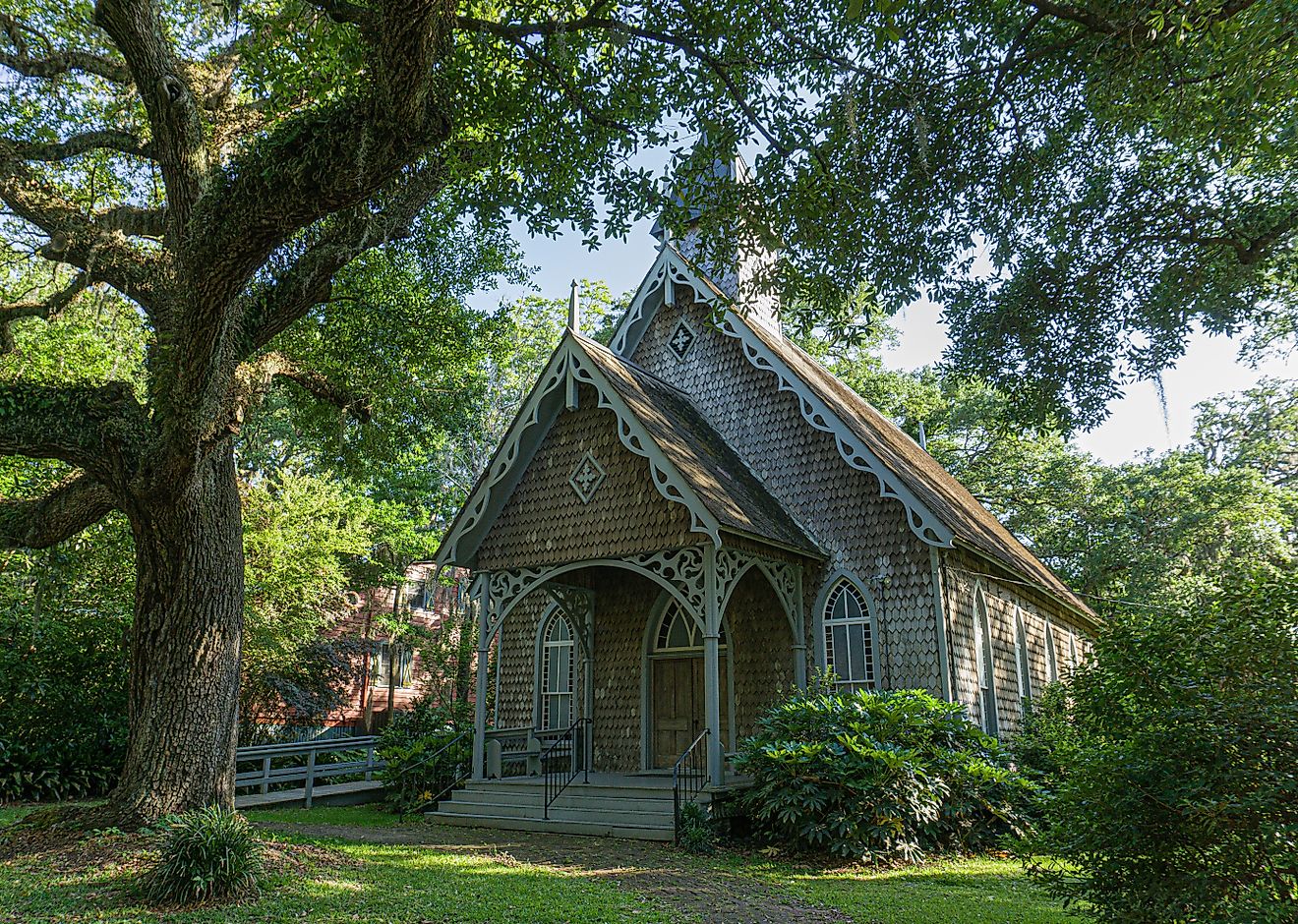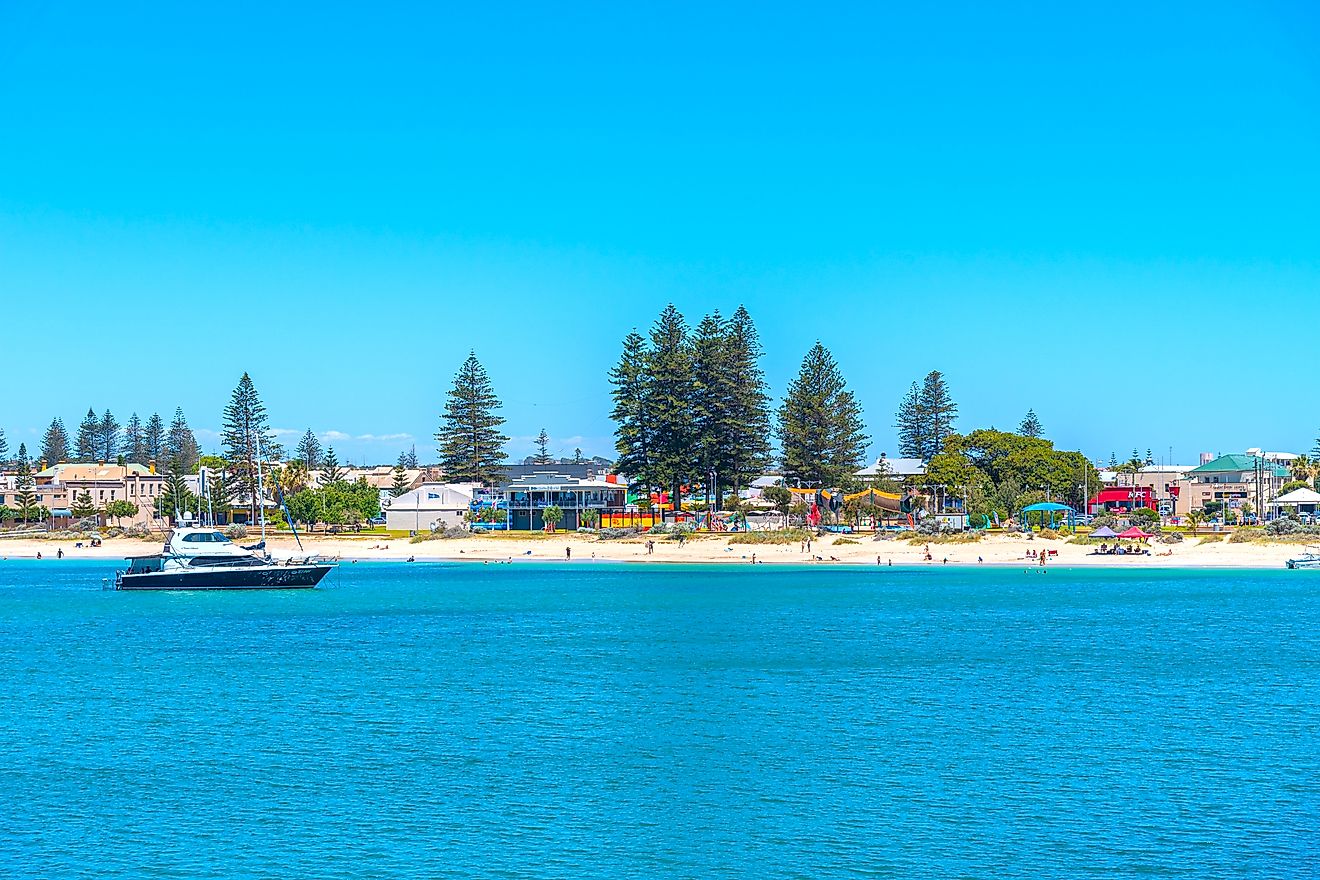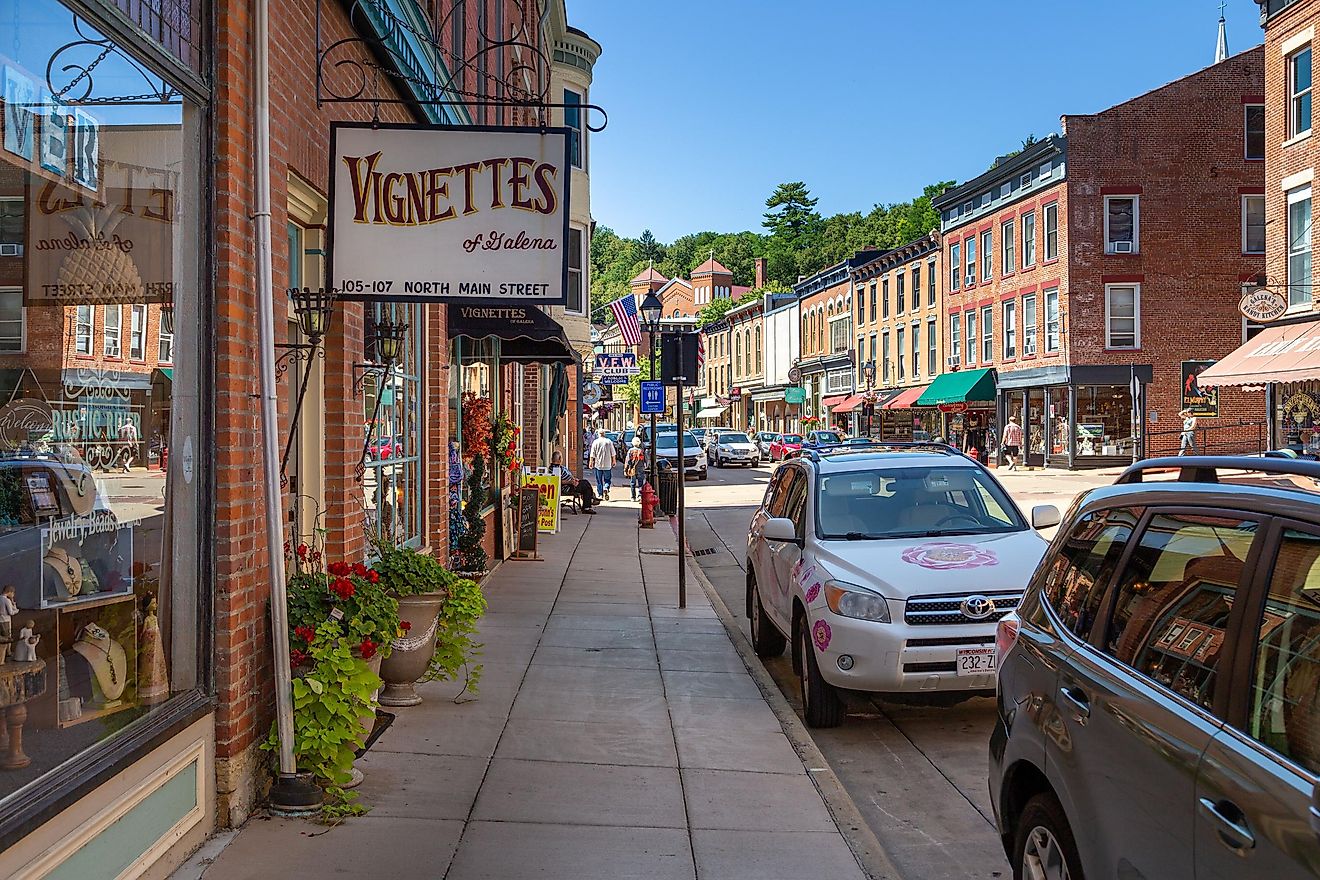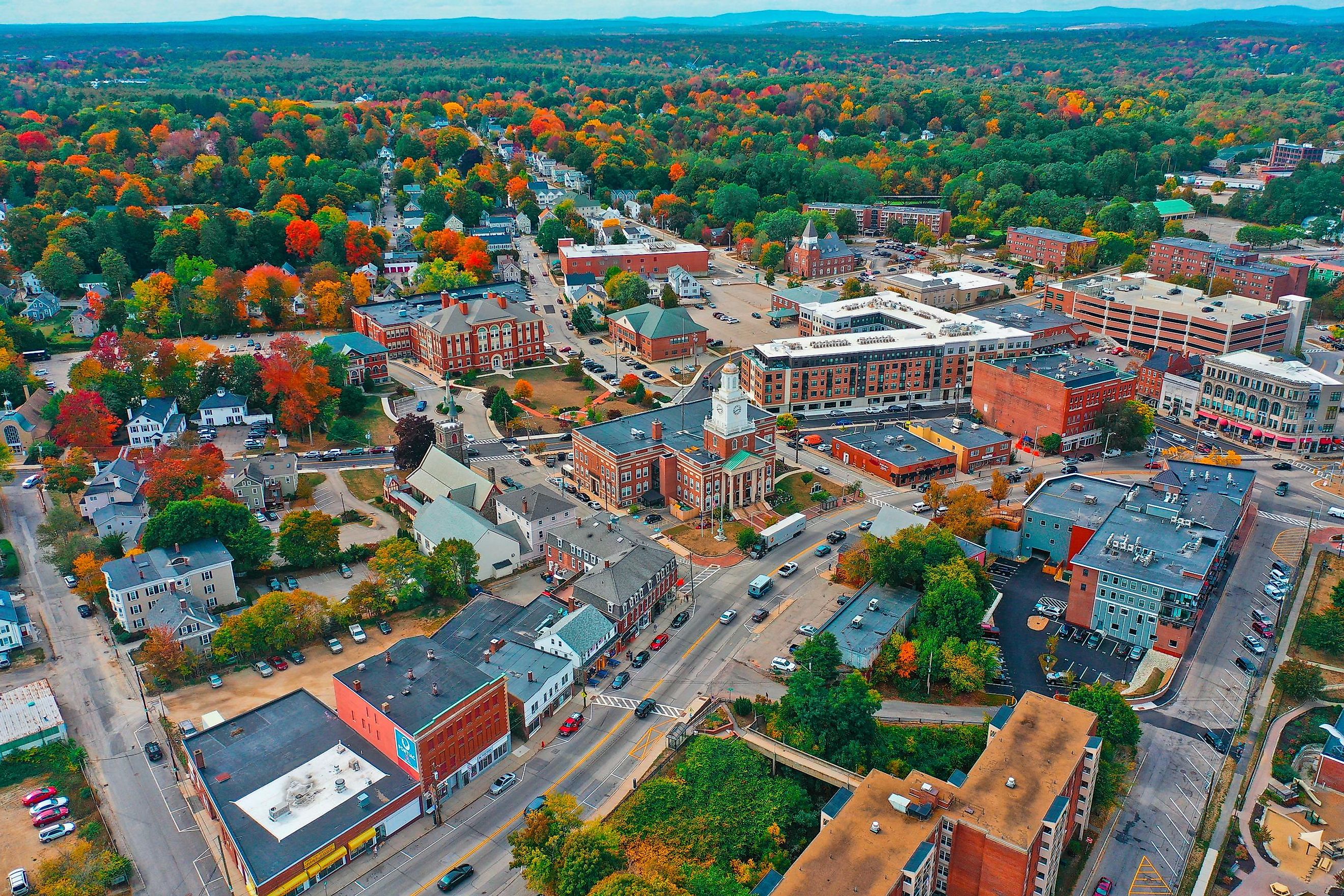
10 Oldest Founded Towns To Visit In The Northern United States
Despite having only been founded in 1776, many towns in the US predate the nation's hard-won independence from Britain in the Revolutionary War. From New York to Wisconsin, here is an assembled list of the oldest-founded towns in the Northern U.S. for history buffs with a taste for America's colonial history. Take a trip through the entries on this list for up close samples of living, breathing Americana.
Albany, New York

Originally known as Fort Nassau, what would become Albany was claimed by the Dutch explorer Henry Hudson in 1609 for use as a trading post and warehouse. The fort was eventually destroyed by high water on the Hudson River due to melting snowpack and rebuilt nearby, where it was again damaged, this time beyond repair, and replaced with Fort Orange in 1624. Fort Orange was eventually absorbed into the village of Beverwijck in 1652 and eventually became the city of Albany in 1686. Today, Albany remains the second oldest chartered city in the country and is the seat of the New York state government. It is known for its low cost of living compared to other Northeastern cities and its many universities.
Plymouth, Massachusetts

Plymouth, or Plimoth as it was originally called, holds a seminal place in US history. What became Plymouth Colony was the final landing point of the Mayflower's maiden voyage across the Atlantic Ocean. The colony was established in late 1620 by protestants who believed the Church of England had strayed from the ideas of the Reformation and who left for the new world where they could practice their religion as they saw fit. As the landing point for the pilgrims and as the site of the first Thanksgiving, tourists interested in US history continue to visit "America's Hometown" to see Plymouth Rock and experience the town's rich history for themselves.
Kittery, Maine

Trappers, hunters, and lumberjacks were some of the English settlers who founded the town of Kittery in 1623. Like many American towns, its name is lifted from the British Isles. Kittery Court was the family home of one of its founders, Alexander Shapleigh. Kittery was a cornerstone to the Massachusetts Bay Colony's prosperity in the 1650s as a trading hub and shipbuilding site. Its reputation as a seafarer's waystation is well documented. According to local legend, Captain Kidd and Blackbeard were among the pirates who stopped at the Isles of Shoals, located a few miles off the town's coast. Today, Kittery is known for its blend of small-town charms and youthful appeal. Art galleries, museums, boutique shops, and exotic eateries can all be found in Kittery as it vies to attract tourists to the East Coast.
Dover, New Hampshire
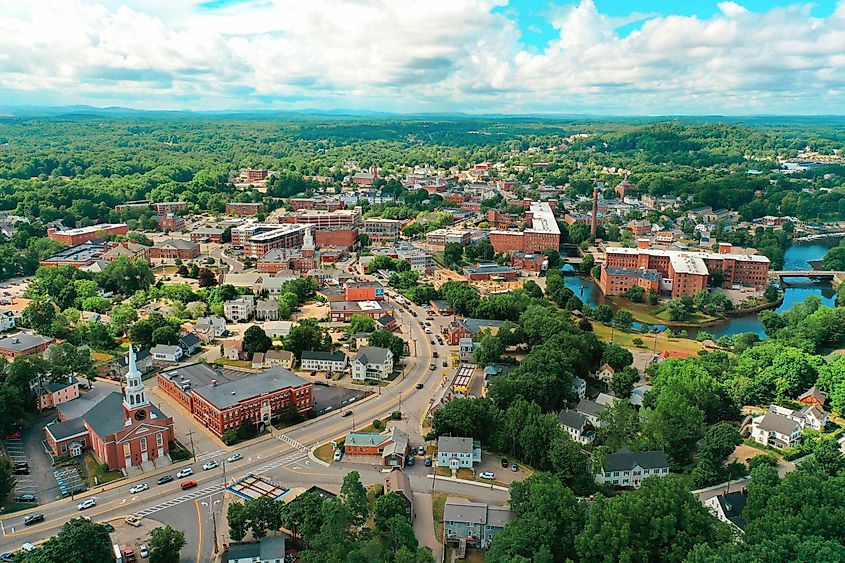
The city of Dover was settled in 1623 by William and Edward Hilton. The nearby Cocheco and Bellamy Rivers have been integral to Dover's growth from settlement to a city of over 33,000. Water power allowed for the use of sawmills and the development of an extensive base for shipbuilding within the city limits in the 1700s. In the 19th century, Dover would become a national leader in cotton goods manufacturing thanks to the many mills built along the river. The town may have traded its waterwheels and textile mills for a startup culture and life science labs, but this former mill town proudly keeps its heritage alive through the lovingly maintained historical buildings in the heart of its downtown area.
Gloucester City, New Jersey

The settlement, which would eventually become known as Gloucester City, would go through many reinventions since its founding in 1626. Fort Nassau, a name given to several settlements by Dutch settlers in the 17th century in the Northeast, was given to outposts and trading centers, two of which would eventually outgrow the title and become Albany and Gloucester Town. Eventually, the Dutch renounced all claims to the area, and the nearby towns previously under their control switched to British administration. By the late 19th century, several mills and factories had opened along the city's waterfront. Leisure activities such as prizefighting, swimming, sailing, and drinking were all enjoyed by visitors and residents alike as the town became a famous rest stop between South Jersey and Philadelphia.
Lewes, Delaware

The first settlement along the Delaware River was Lewes, founded by Dutch colonists in 1631. Initially called Zwaanendael, Lewes was renamed after the English town in Sussex County after William Penn, a Brit, was given rights to the state. This port town has a deep connection to the water and a boating tradition extending back over 300 years, though it is now known as a resort town today. Saltwater fishing, boating, and all sorts of aquatic activity remain extremely popular in Lewes. The Delaware Bay pilots, seamen who guide cargo ships between the ports in Wilmington and Philadelphia, are headquartered within the town's limits, as is the University of Delaware College of Marine Studies.
Windsor, Connecticut

Established in 1633 as a trading outpost, Windsor was the first English settlement in the state of Connecticut. The town was nestled between the Connecticut and Farmington rivers by a group from the Plymouth colony. First called Matianuck, the town was renamed Dorchester after Puritan settlers from Massachusetts. Eventually, it was renamed Windsor after the royal borough of Windsor and Maidenhead in South East England. Tobacco cultivation had been a staple of the local economy since the colonial era, as was brickmaking. In the post-war era, Windsor transitioned to a service economy with Amazon as its largest employer.
Green Bay, Wisconsin
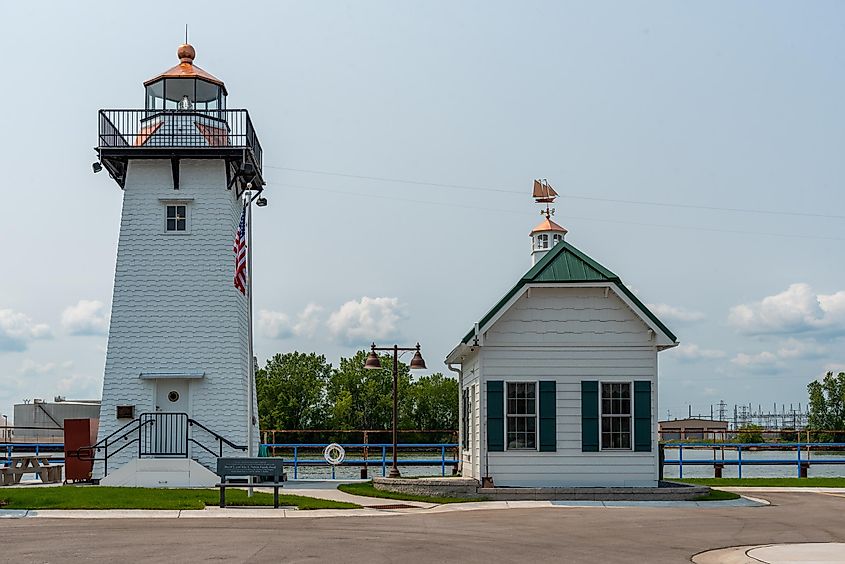
The territory which would become the city of Green Bay was visited first by Europeans in 1634 by Jean Nicolet, a Frenchman. Nicolet called the La Baye Verte, literally The Green Bay, due to the water's color. Green Bay became a fur-trading hub connected by the Mississippi, Wisconsin, and Fox Rivers. The first settlers were the Charles de Langlade family from Quebec, who arrived sometime in the 1740s, but the area was wrestled away from French control by the British until losing the territory themselves in the American Revolution. The city would become a manufacturing hub with the increasing prevalence of railroads, becoming a boomtown for the iron smelting and lumber milling sectors, among others. Green Bay is considered one of the best places in the nation to live today.
Providence, Rhode Island

Renegade preacher Roger Williams fled religious persecution in Massachusetts and ended up in Rhode Island in 1636. There, he purchased land from the local Native Americans with the aim of establishing a new settlement founded on tolerance for religious beliefs. He called this settlement Providence, named after the word for divine direction from the almighty. Williams' new settlement became a significant seaport thanks to its proximity to the water, and the town's residents would eventually charter expeditions eastward to the Mediterranean and beyond by the 1780s. The city remains an important seaport today for natural gas, lumber, steel, and more.
Annapolis, Maryland

Once called the "Athens of America," Annapolis was settled in 1649 by Puritan exiles from Virginia. These exiles named the place they settled a number of names, including Anne Arundel Town and Providence as well. In 1694, the city was named Annapolis after Princess Anne, the heir to the British throne at the time. Annapolis is an important location in the nation's founding history: The Annapolis Convention, which preceded the Philadelphia Convention, met in the city in 1786. Besides hosting innumerable pleasure boats, this port city now hosts the United States Naval Academy and its museum, boasting important relics of American naval history.
Despite being a relatively young nation, the continental US has no shortage of history. Many of its earliest-founded towns are still standing today and, what's more, are flourishing. These cities and towns in the Northern states have hundreds of years of prestige behind them, extending back to the 1600s. It is no stretch to say these pieces of American history are alive and well today and are waiting to be seen firsthand. Visit any of the places included on this list for a field trip like no other.
